Himalayan region and South Asia region by dint of their profound history and diversified and complicated regional culture have always been attractive for artists from all over the world to make a “pilgrimage”, and Li Liang, an independent photographer living in Beijing, China, also agrees. In the past 10 years, she has been to dozens of countries and regions globally, and recorded the daily life and spiritual outlook of people living in the Himalayan and South Asia regions with her lens, so as to explore the complex relations among different beliefs, regions and culture, as well as the philosophical origins of non-Western religion under the geopolitical and cultural conflicts.
With her extensive photography portfolio, Li Liang holds honorary positions such as Senior Fellow of the Royal Photographic Society (RPS), and Senior Member of the Photographic Society of America (PSA), and she has also established an independent photography studio in Beijing. Several of her works have been selected for a number of international photography competitions and won awards, including the International Contest for Honoring Fine Art Photography, PSA International Exhibition of Photography, EPA Global Photography Contest, Monochrome Awards International Black & White Photography Contest, reFoucus Awards Photography Contest, Bulgaria Odessos Photo Exhibition, as well as selected for the Hamdan bin Mohammed bin Rashid Al Maktoum International Photography Award (HIPA). In addition, Li Liang was invited by the United Nations Educational, Scientific and Cultural Organization to serve as a specially-invited international judge for the UNESCO Youth Eyes on the Silk Roads Photo Contest in 2023 and 2024, to contribute to the cultural exchange in Asian regions and artistic education undertakings for youth.
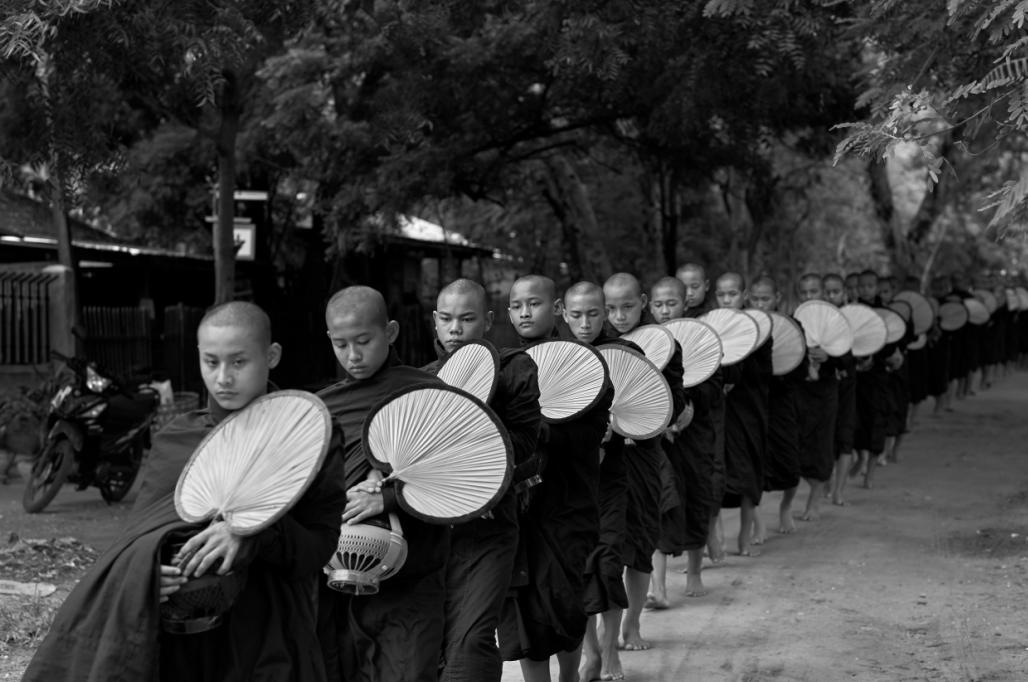
Photograph by Li Liang
Since her university days, Li Liang has developed a strong interest in Western music and photography, and has conducted extensive reading, learning and traveling in related fields. In 2013, Li Liang set foot on the land of the Himalayan region and South Asia region, and was deeply attracted by such regions due to the geographical proximity, as well as the diversity of religious beliefs and regional cultures. As a result, Li Liang started her photographic creation in the Himalayan region and South Asia region, which has lasted for more than 10 years. What’s more, the knowledge and insights that she learned from related books, music, paintings and films have always influenced her creation in the years to come, giving her inspiration for artistic expression, constantly stimulating her deeper feelings for South Asia, and motivating her to open up the road of exploration again and again.
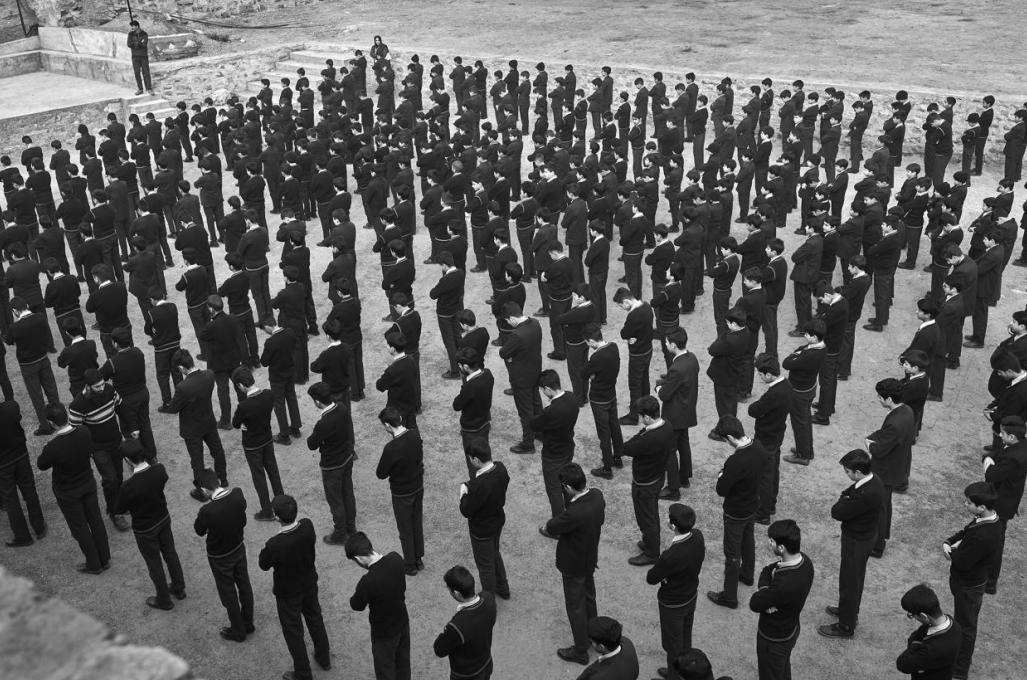
Photograph by Li Liang
In 2018, Li Liang applied to travel to North India with the expedition team of American National Geographic. Led by renowned photographer Chris Rainier and veteran guide Rajeev Solomon, the team jointly visited Delhi, Agra, and the entire Rajasthan region. Although it’s not Li Liang’s first trip to India, she made full preparations as previous trips, From the “Indian trilogy” of Vidiadhar Surajprasad Naipaul, the Indian poet Rabindranath Tagore’s Yepanji, a collection of poems parsing the beauty and culture of the South Asian Sub-Continent, to Gregory David Roberts’s book Shantaram, she has understood the politics, culture, religion and art of India, so that she can integrate her understanding into the lens expression when shooting, so as to better display the diverse charm of Asian culture.
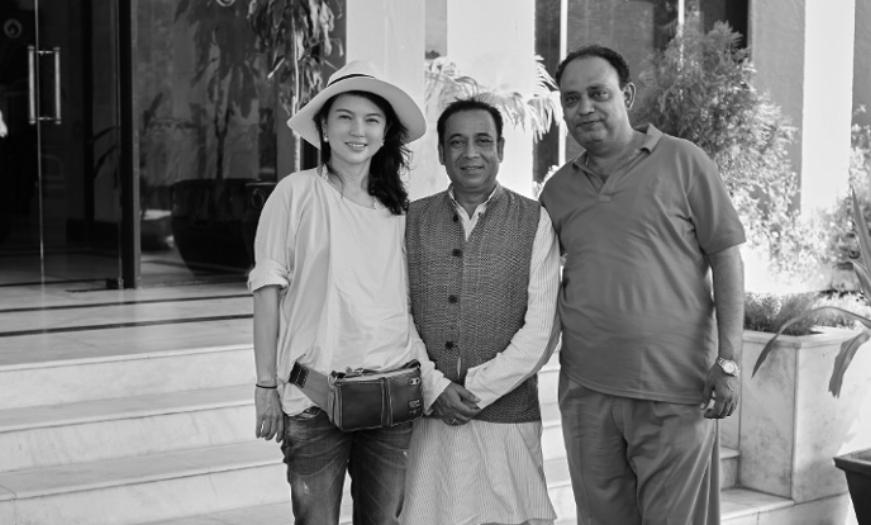
Group photo of Li Liang, Rajeev Solomon guiding the Indian trip of National Geographic, and others
The trip to North India not only gave Li Liang in-depth exploration in the culture of South Asia, but also enabled her to acquire new enlightenment in terms of photographic technology and creation methods. During this trip, the American National Geographic team with its abundant resources and rich experience elaborately planed a trip route, and Li Liang provided professional guidance in terms of photographic technology, shadow application, creative conception and thought. Furthermore, Li Liang has established a relation with the expedition team of American National Geographic through this photography trip, and this experience offered inspiration and support to Li Liang for her artistic creation in subsequent multiple Indian trips.
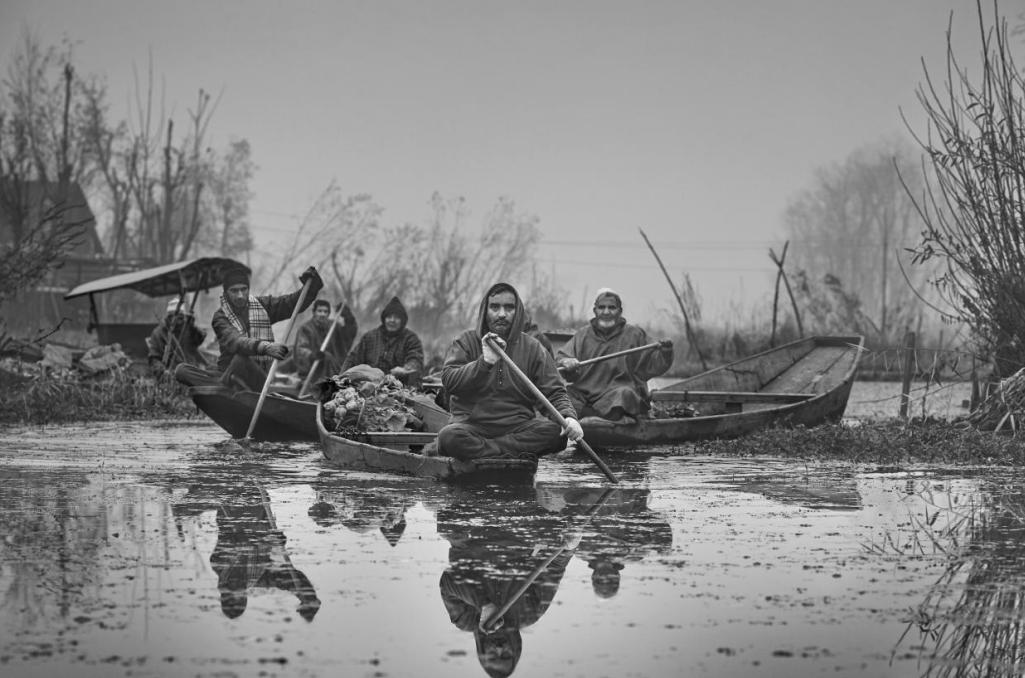
Photograph by Li Liang
As for the photographing skills, Li Liang insists on capturing characters and scenes via candid photographs. In her view, good candid photography is born on the moment of the “first sight” between each other, that is, the “highlight moment”. When such highlight moment appears, the photographer just needs to raise the camera without delay and captures such an instantaneous moment. In addition, avoiding mixing personal thoughts and subjective attitude as much as possible in the shooting serves the creative attitudes of Li Liang. She hopes to be separate and free from the subject and just serves as an observer, so as to record the most natural character being closest to the actual state. Capture the real story hidden inside the characters free of corruption.
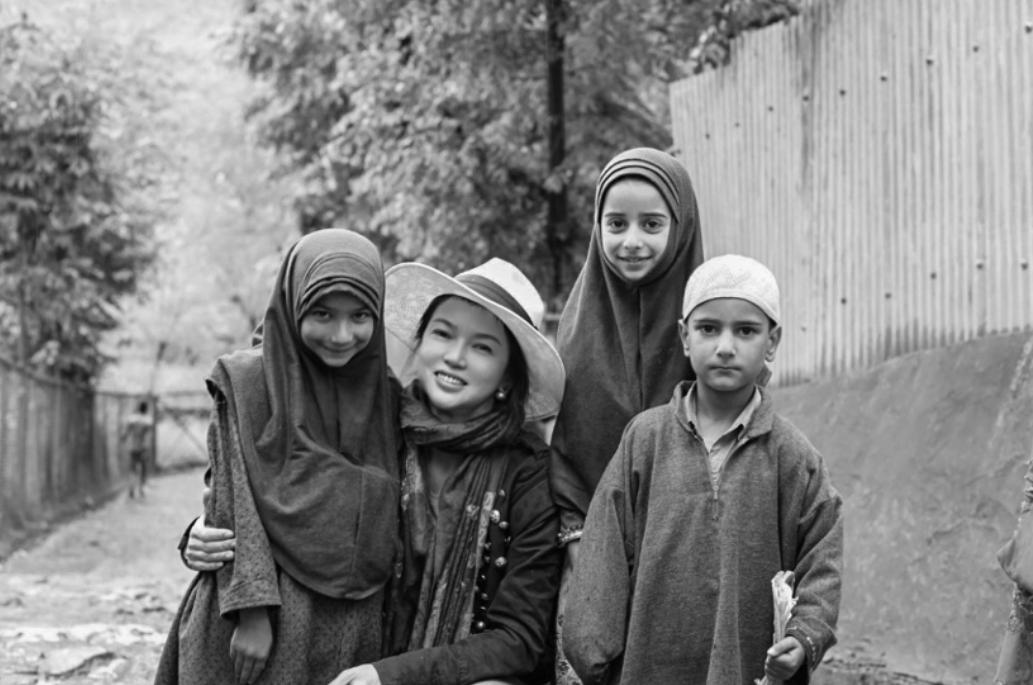
Group photo of Li Liang and children from South Asia
The steadfast and distant eyes of the boy in A Boy from Darjeeling, the clear and pure expression of the temple girl in Samanen, or the quiet and relaxed sleeping man in The Pilgrim in Sleep, the focus and devotion of people at work in series of works of Printing House (Dege Sutra-Printing House)… All the emotive moments mentioned above are the result of Li Liang’s precise capture and deep understanding of the local cultural atmosphere intertwining the divinity and close human nature. What’s more, in organizing the composition, light and color of her photographic works, Li Liang also drew on the form and texture of classical oil paintings, to freeze these fleeting moments into eternity.
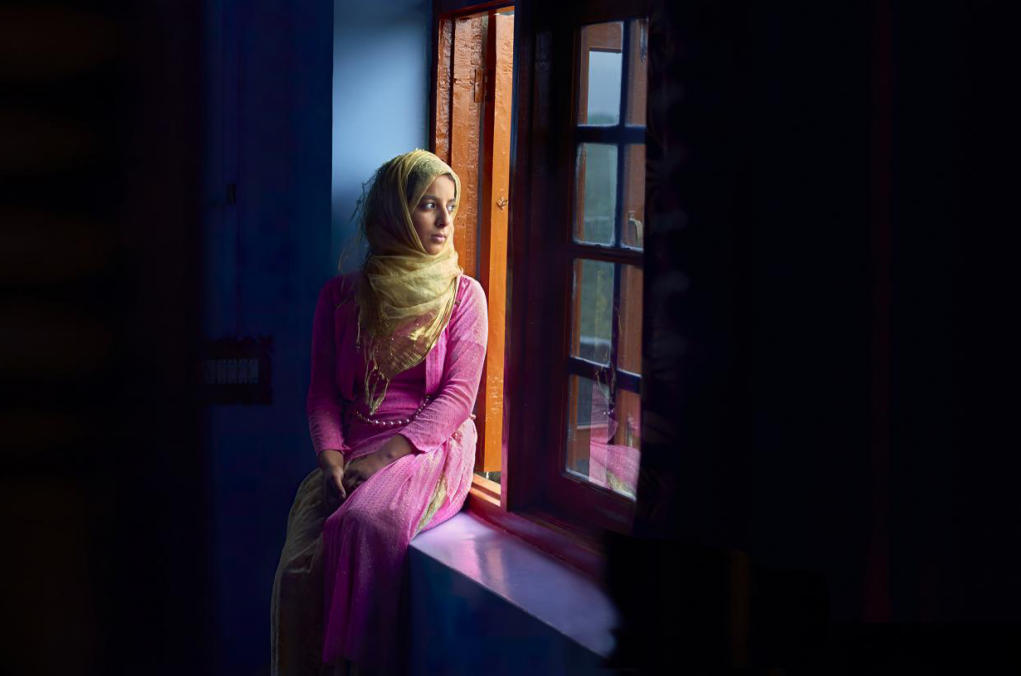
Photograph by Li Liang
As a female photographer full of affinity, Li Liang always gets on well with the shooting subject in a relaxing manner, and such affinity also enables her to generate heartfelt concern for her shooting subject. For the “young girl” captured in the Himalayan region, the Indian girl in dancing met during the trip to North India, or the young Kumari goddess captured in Nepal… Li Liang said, “I really yearn to know what happens in their later lives, and hope to continue to record them with my camera”.
Now, Li Liang is carrying out a special photography project in the Kingdom of Bhutan. According to the external coverage and official website of the Kingdom of Bhutan, it’s known as “the happiest country”, while Li Liang has doubts about when the religious culture closely blends with common life; will people fall into a fancy world without awareness? What’s the difference between living creatures and the world of mask dancers’ eyes between the two states of putting on and taking off the mask? How can people maintain a close distance from the ideal world? During this long-term project scheduled to last one to two years, she will carry out a deeper exploration with respect to the answer to these questions.
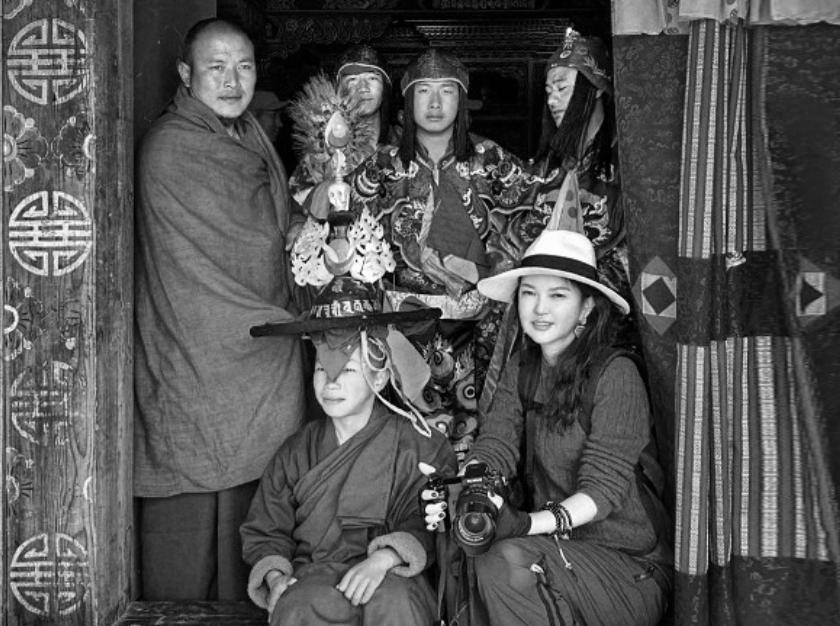
Group photo of Li Liang and Cham dancers in Himalayan region
Reviewing Li Liang’s extensive photography works, from the preliminary focus on special ritual activities and customs under different beliefs, to records of the simple lives of people under the secularization of religion, and then to the thematic research on the groups with specific status, Li Liang has been attempting to explore and present the methods in which individuals seek their own identities, as well as the living state in which people survive indomitably under the circumstances of displacement based on the different beliefs of different countries and regions, so as to hopefully expand the endless possibilities to view the world. Through phased attempts on the starting point of the topic and photography methods, Li Liang visits and pieces together mental pictures of Asian regions little by little, to probe into the true appearance between the ideal and reality. Perhaps, the ideal place does not exist in any corner in a geographical sense, but simply in people’s hearts.
(Written by Hu Bian)
Media Contact
Company Name: Globalnewsonline
Contact Person: Hysan Jiang
Email: Send Email
Country: United States
Website: http://www.globalnewsonline.info/





